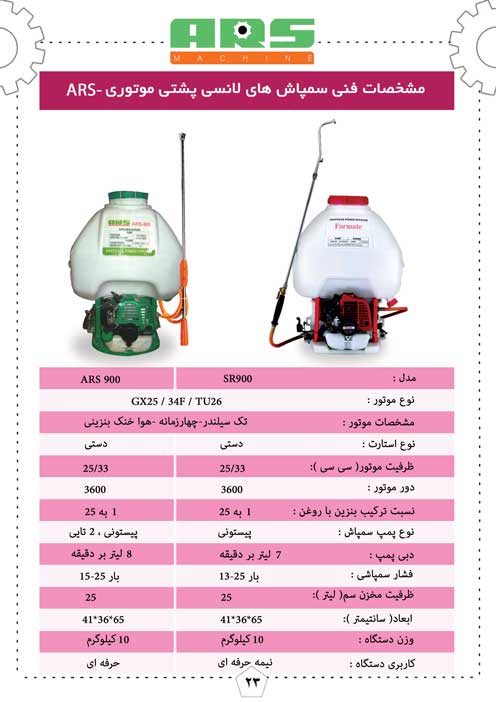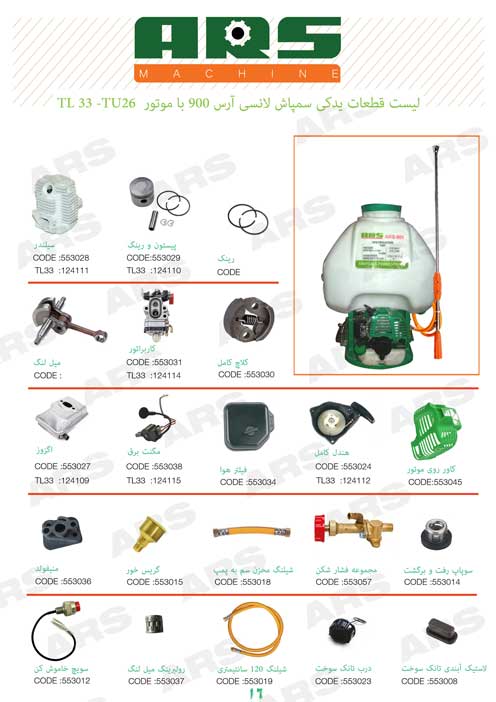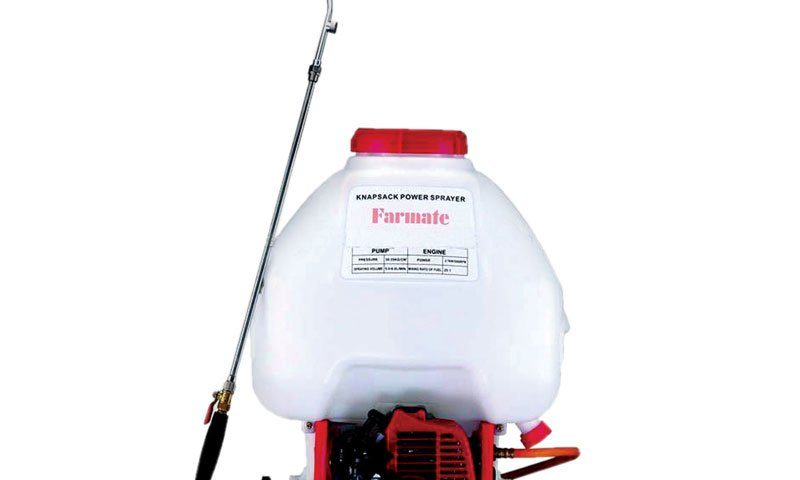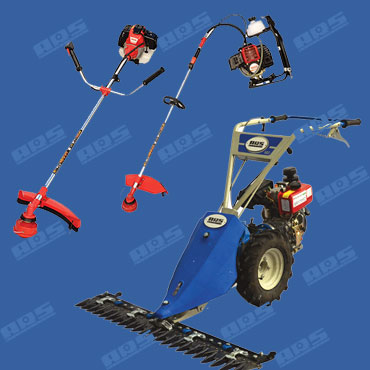
Understanding Walnut, Walnut Shaker, and Walnut Husking Machine
July 9, 2017The rapid advancement of agricultural production has played a significant role in the use of chemical pesticides, and will continue to do so. By utilizing chemical pesticides, the quality and quantity of agricultural products have improved and increased. The use of herbicides has reduced the need for labor in controlling weeds to some extent. However, the use of chemical pesticides has led to some serious environmental issues. These issues must be addressed by both the users and the designers of spraying equipment, taking into consideration their impact on the environment.

Backpack sprayers are a type of small sprayers widely used. The components of these sprayers typically consist of:
- Reservoir
- Special base for placement on the ground
- Proper harness for positioning it on the operator’s back (similar to a backpack)
- Manual pump operated by moving a dedicated lever
- Pressurized chamber
- Lance equipped with a shut-off valve and connected to a hose with one or multiple nozzles installed on it.

For optimal use of these devices, they should be securely strapped onto the operator’s back. In case of any looseness, the relevant straps should be adjusted in a way that they remain fixed in place when moving and working, ensuring the operator’s comfort during spraying. Some types of these sprayers are not completely filled, allowing the remaining space to be pressurized with air. This pressurized air is then utilized for continuous pressure application during the back-mounted spraying process.
Procuring and equipping a tall boom provides the possibility of increasing the spraying swath, reducing the number of tractor turns within the field’s width. However, the length of the boom is typically fixed for farmers during the spraying process.
For instance, with a 7-meter boom and a speed of 8 kilometers per hour, the pump’s solution delivery rate will be 200 liters per minute. Grain farmers, in practice, require a boom that corresponds in length to the seed drill.
Nozzles:

An important issue regarding boom sprayers is the installation of nozzles on them. In most cases, the spacing between nozzles on the boom is fixed, and the boom height must be adjusted according to the type of nozzle used. Special attention must be paid to the angle of spray exit and droplet dispersion, which are particularly influenced by pressure. The droplets exiting each nozzle cover a strip, and the width of this strip depends on the spray angle and boom height. In practice, the nozzle spacing should be adjusted so that the edges of these strips overlap across all nozzles, ensuring uniform droplet dispersion across the entire boom. If the boom is too low, the overlap of droplet coverage from the nozzles on top of each other will increase, leading to uneven dispersion.
The dispersion of sprayed droplets can be demonstrated by spraying water onto a dry surface or by coloring the pesticide solution with one of the water-soluble dyes like fluorescein, and then spraying it onto a white paper to observe the pattern.
If the droplet dispersion is uneven, the nozzle of a sprayer should be regularly inspected and controlled. Its spare parts should be available, especially within the field. During spraying, a spare nozzle should be carried to immediately replace a blocked nozzle, allowing it to be cleaned at a suitable time. The nozzle’s pesticide solution delivery rate must be consistently monitored, ensuring that an excessive increase does not occur. It should be noted that the cost of replacing a nozzle is much lower than the cost of wasted pesticide due to a faulty or clogged nozzle.



